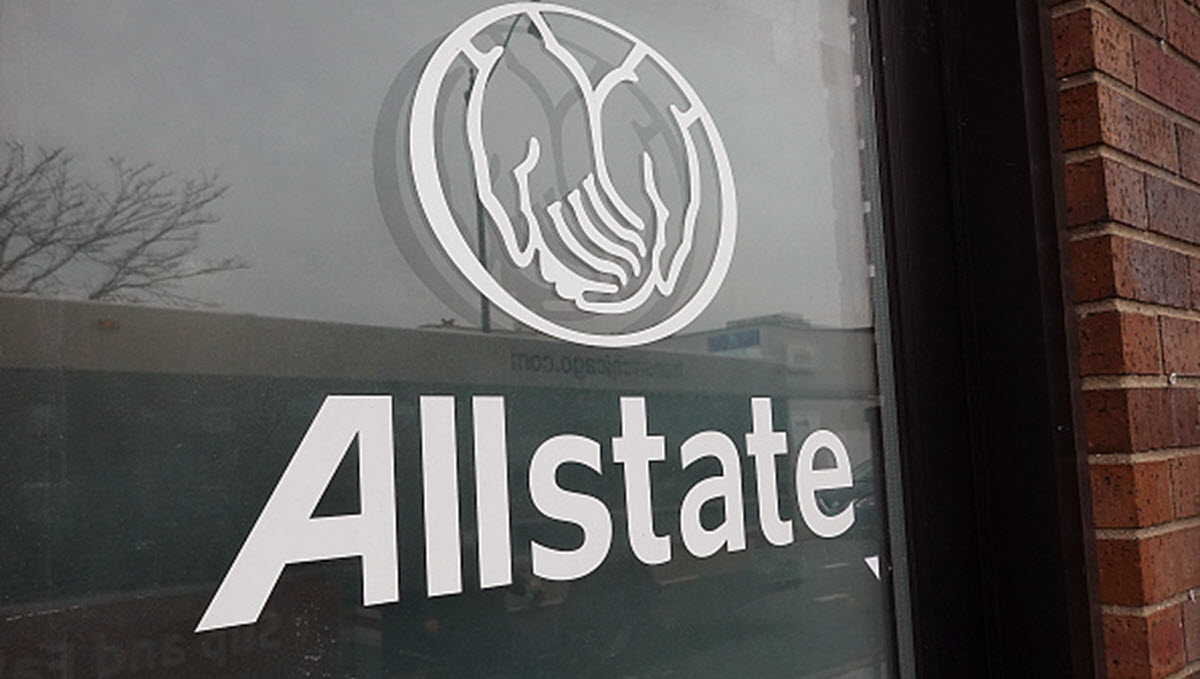Increased efforts by California to change the behavior of prison inmates have not reduced the rate at which ex-convicts commit new crimes, state auditors reported Thursday.
The assessment relied on five-year-old data, prompting state corrections officials to say auditors may be drawing conclusions too soon.
The data used by auditors predates an expansion of rehabilitation programs and new efforts to see if the programs are working, corrections officials said.
State Auditor Elaine Howle said in her assessment that recidivism rates did not vary significantly between inmates who participated in the most rehabilitation programs and those who completed no programs at all.
Her analysis began with data from the 2014-2015 fiscal year and tracked inmates over several years.
The finding is a blow to California's years of efforts to sharply reduce the inmate population while increasing academic, vocational and behavior programs designed to help inmates break out of a cycle of crime.
"Recidivism rates for inmates in California have remained stubbornly high, averaging around 50 percent over the past decade," auditors said.
California
They acknowledged their findings were "somewhat constrained by data limitations."
However, Howle wrote, "These results are serious enough to highlight an urgent need for Corrections to take a more active and meaningful role in ensuring that these programs are effective."
Research shows that substance abuse, literacy and job training programs do reduce crime, auditors said, but only if they're done well.
After a severe cutback during the Great Recession, California began boosting programs in 2012 with a corresponding $64 million increase in its budget since then to the nearly $300 million it is spending on programs this year.
But it hasn't had the predicted benefits, nor have corrections officials met inmates' individual needs and properly evaluated whether the programs are effective at reducing crime, auditors said.
Vicky Waters, a spokeswoman for the corrections department, called rehabilitation a top priority and said the department is already working to expand programs and tracking to ensure inmates are getting the resources, skills and education they need.
The department more than doubled the number of inmates participating in behavior modification programs like anger management, family relationships, criminal thinking, and substance abuse treatment classes from about 6,600 to 13,800 in the past four years, Waters said. State prisons house about 127,000 inmates.
Brandon Martin, who studies prisons for the nonpartisan Public Policy Institute of California, said the audit is "definitely a good starting point."
"The auditor is using the most recent data that they can," he said, while "the department has truly made a larger commitment since 2014."
While the department plans to work with outside researchers to evaluate the programs over the next two years, auditors said officials have so far taken no formal steps to start the review.
High staff vacancies and low enrollment mean the department failed to meet any rehabilitative needs for 62 percent of inmates released last year who were judged to need help to avoid reoffending. Programs at three sample prisons had enrollments averaging less than half to about three-quarters of available spaces, wasting resources and opportunities.
Auditors recommended that state legislators order corrections officials to set performance targets and evaluate whether specific programs are worth the money and actually cut crime.



